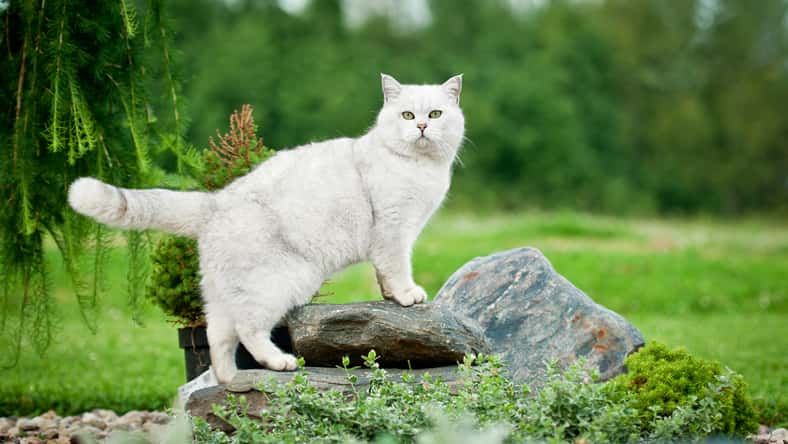
Chimpanzees are one of our closest living relatives in the animal kingdom. So, of course, we’re bound to share some things in common. For instance, we have similar physical features. Plus, we both play, have complex emotions, and share about 98.6 percent of our DNA.
But, it turns out that chimpanzees and humans may be even more alike than previously thought. In a new study, scientists discovered that chimpanzees engage in regular communication and take turns “speaking” in a fast-paced back-and-forth manner, much like humans do. They mostly communicate through hand gestures and facial expressions.
The findings suggest that human language and chimp communication have “deep evolutionary similarities.” Researchers at the University of St. Andrews in the United Kingdom have been studying the gestures of chimps for a while.
Previous studies have focused on the gestures of individual chimps, but the most recent research centers on how two chimpanzees communicate with each other. The researchers gathered data from wild chimpanzees in five communities across East Africa.
“This is the first time we could look at features of gesture exchanges across so many groups. It was a huge collaborative effort,” said Gal Badihi, the lead author of the study and a research fellow at St. Andrews.
They analyzed and translated over 8,000 gestures from 252 chimpanzees. They found that around 14 percent of the chimps’ communication consisted of gestures. The pace and pattern of the gestures closely resembled that of an average human conversation.
The animals paused for just a fraction of a second before taking their turn to gesture. The gaps between speaking ranged from 100 to 300 milliseconds.
“We also found that even though all chimpanzees take fast turns, one group was a little slower than the others. This also matches slight variation between human societies with some groups being slow or fast talkers,” Badihi said.
Additionally, the gestures allowed the chimpanzees to cooperate with each other and avoid conflict. For example, one chimpanzee may gesture to another that they want food. The other might give them food or gesture for them to go away.

While the rapid back-and-forth manner is a constant part of humans’ communication style, it shows up less frequently in chimpanzee communication.
Only 14 percent of chimp communication contained this feature. So, it is likely that the structure serves a different purpose for them.
Based on the findings of the study, some of the rules of non-verbal communication in human language may be connected to the past we share with chimps.
Next, the researchers hope to figure out whether the communication style is present in other members of the ape family.
Future research into the communication practices of other primate species could lead to an explanation of why we evolved to have this fast-paced communication strategy.
The findings were published in Current Biology.
Sign up for Chip Chick’s newsletter and get stories like this delivered to your inbox.












